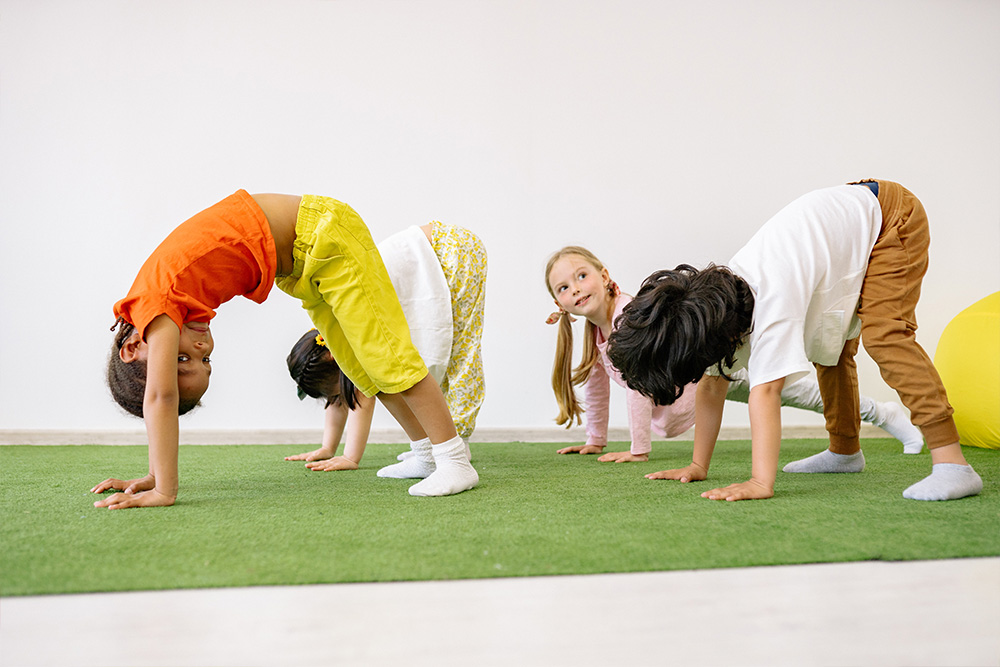Having worked as an arts based child/adolescent counsellor for the last decade, I’ve had the privilege of witnessing the multiple ways in which art can be therapeutic. It can be a way of self-regulating (calming), a form of self-expression and perhaps most exciting of all, a place for self-discovery. It’s not just children who struggle to find the words for deeply felt emotions; so often at times of deep distress, we are ‘lost for words’ but we know when an image resonates. The popularity of Instagram, pinterest and other visual platforms is a reminder that we don’t have to make art or go to art galleries to connect to images on a personal level.
In the context of therapy, art work is like a kind of emotional investigation, a creative encounter within a safe space but there’s no reason why we can’t get huge therapeutic rewards from art without going to therapy. One example of this democratisation is the explosion of ‘therapeutic colouring books’ for adults in the last few years. Whether you love or deride the concept, they clearly tap into a genuine thirst for the simple pleasure of making colours and shapes on paper, whilst avoiding any risk of an ‘inner critic’ judging your artistic endeavours.
Why is Art Therapeutic?
The therapeutic aspect of this tactile activity is clear – the cognitive mind can switch off as we allow ourselves to inhabit what is commonly referred to as ‘the right brain.’ When the right side of the brain is dominant, sensation and image are everything and our tired left brain where decisions are made and language is formed can be at rest for a while. The idea that you need to regard yourself as an artist to take pleasure from art making has long gone.
Art making can be a more concrete way of practicing mindfulness if the more meditative aspects of mindfulness don’t work for you. Noticing the smooth brush slipping paint across the surface of paper or the damp smell and give of clay is one way of being in ‘the moment’. Mixing watercolours, scribbling wax crayons, the snap and mess of charcoal – all these different textures and sounds have a sensory pleasure we knew instinctively as young children. As adults we might re-discover these kinds of joys when cooking or gardening or playing with children, but we often lose the simplicity of art making for ourselves.
Even young children who come to my counselling room have already decided they ‘don’t like’ art and mess is bad. Many have absorbed messages that lead them to believe they are ‘no good’ at it too so the first step is to lose the ‘inner critic’ and re-discover how to re-connect with the sensory experience. If we allow a kinder inner voice to speak and focus on the experience rather than worry about the end product, it’s a small step to move from colouring to a more experimental pleasure of creativity. Without the rules of the colouring book, anxiety can creep in but that’s also where the opportunity for self-discovery lies for adults as much as for children.
It takes courage to be creative just as it takes courage to undergo personal therapy. In fact it’s often been said that creativity and therapy are connected at a fundamental level, they both reveal our capacity to transform and change, creating new life after a period of intense reflection.
Sometimes there just aren’t the words deep enough or wide enough to represent our inner life. Yet an expanse of just the right colour swept across paper, a pile of leaves collected in our arms or a flattened roll of dough might get close. As we find a new language for unspoken feelings, the process of making art can unravel internal conflicts and relieve pressure. Whether through photography, making play-dough with a child, collecting favourite images or making our own art diary, finding a way to represent unspoken aspects ourselves can really sharpen experience so that we live more fully.




